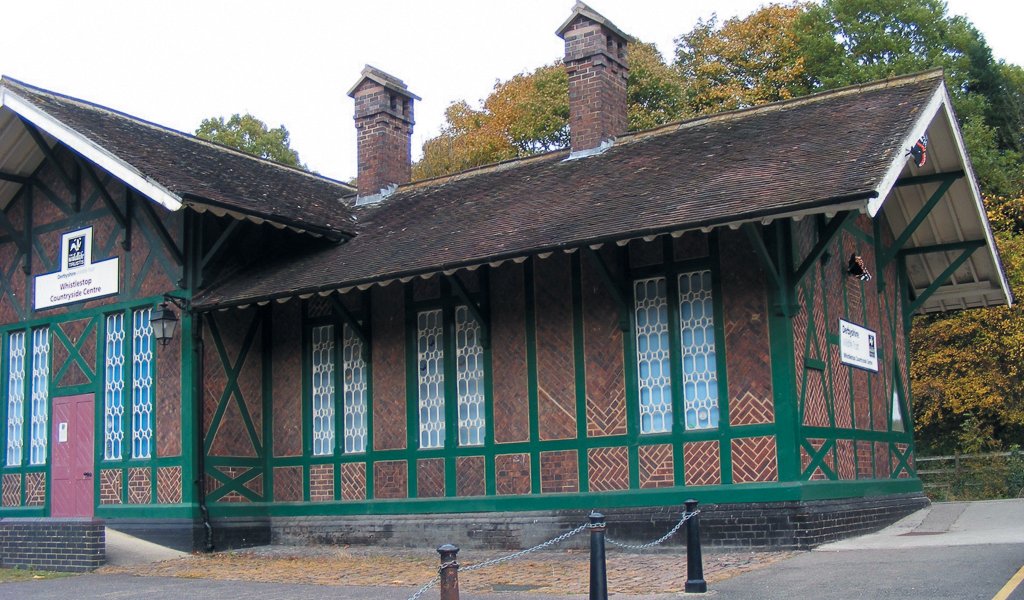Godfrey Holmes laments Baron Beeching’s decimation of our railways long after Labour came into power exactly 60 years ago.
IT wasn’t supposed to be this way. After all the Labour Party had won the General Election of October 15, 1964, under the leadership of Harold Wilson, after 13 years of Tory rule. And it was a longstanding Conservative Minster of Transport, Ernie Marples, who had commissioned ICI’s Richard Beeching to ‘re-shape’ Britain’s ageing railways: to axe 5,000 miles of track; to close almost 2,500 stations – and, most important of all, to make the then nationalised railways of Britain profitable.
Prior to that wafer-thin election victory, Labour had promised to halt Beeching and to preserve socially necessary railway lines. First big mistake: until Christmas 1965, the Minister of Transport was Scottish miner and trade unionist Tom Fraser, who too obediently shut 1,071 miles of railway including the Oxford to Cambridge line: a line too important for even the newly-ennobled Beeching to chop.
Second big mistake: not the promotion of Chesterfield-born Barbara Castle to become an assiduous Minister of Transport, replacing Fraser, but her failure to halt, or stall, Beeching’s cruel axe pending a re-examination of what “loss-making” means; also what new benefits diesel multiple units might bring.
Thus it was that, despite Castle’s sage reprieve for the Hope Valley line, direct from Sheffield to Manchester, through part of the Peak District – the new Minister recklessly permitted the shutting of the from Matlock to Buxton main line onward to Manchester, through another part of the Peak District, regardless of its unrivalled tourist and excursion potential.
So it was that Darley Dale, Bakewell, Hassop, Millers Dale, also Buxton Midland – and unbelievably, Matlock Bath too – became ghost stations from March 1967 on. The truncated spur: Ambergate to Matlock Town would almost certainly have closed as well were it not for Derbyshire County Council making Smedley’s Hydro its HQ in Matlock.
Some coal lines like the Erewash Valley only survived at the cost of Clay Cross, Langley Mill, Alfreton & South Normanton, and Ilkeston Junction & Cossall Stations all lifted just after New Year, 1967.
Ilkeston’s sizeable population had to wait no less than 50 years for a re-opening; the citizens of Alfreton just six years, provided their humble station also drew Mansfield’s 100,000 stranded residents onto its remodelled platforms.
Elsewhere in Derbyshire, Tutbury & Hatton, snow-bound Dronfield, and possibly the world’s oldest rural railway station, Wingfield, lost all their stopping services by the close of year 1967.
Clearly, Wilson’s second administration can join Tony Blair PM, 1997, Tony Blair II, 2001, and Gordon Brown PM, 2007, in history: paying greater lip-service to taking cars off congested roads, their occupants onto railway carriages, than actually achieving that sensible goal.
In conclusion, all political parties boast about the 4,000 miles of cycleways and public footpaths they have created where a more junior Richard Beeching did his trainspotting: High Peak, Tissington, the Sett Valley & Monsal Trails among their number!






